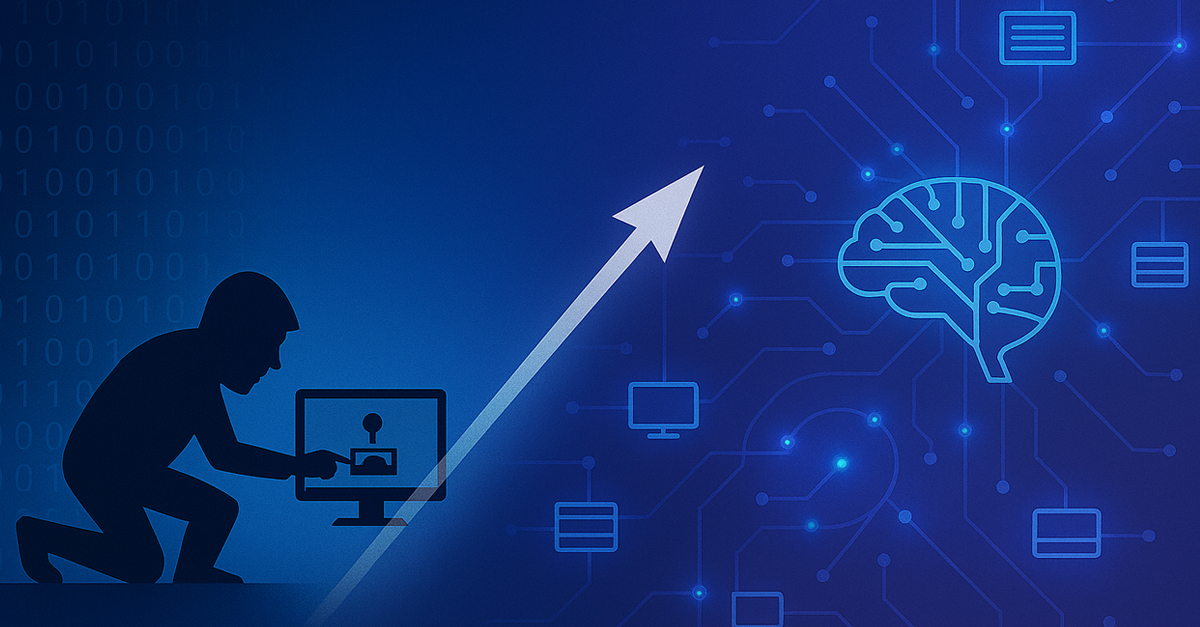
In today’s threat landscape, just having a strong perimeter isn’t enough. Cyber attackers are finding their way inside—moving undetected within networks, sometimes hiding for weeks or months.
That’s why more and more security leaders are rethinking their approach—and turning to something that was earlier considered as a niche tactic: Cyber Deception.
Deception technology has evolved from simple honeypots to sophisticated defence systems. Today’s solutions provide early threat detection, rapid response and enhanced security
From Basic Honeypots to Intelligent Traps
Honeypots, introduced in the early 1990s, were the foundation of deception technology—simulated systems that were designed to lure and study attackers. While valuable for isolating threats and understanding adversary behavior, their static nature, high resource demands and susceptibility to being detected limited their effectiveness as threats became more and more advanced.
Now, deception has matured.
Modern deception platforms go beyond a single decoy. They spread realistic traps across the network— fake user credentials, cloud instances, IoT devices, file shares and databases that look authentic to an attacker. Interaction with these decoys is a strong sign of malicious intent, and the high-fidelity alerts that follow provide SOC teams with the clarity they need to respond confidently.
By influencing attacker decision-making, deception technology helps provide early detection and intelligence on potential breaches. When integrated with zero-trust and identity threat detection, deception becomes a critical layer of defence, enhancing overall security posture and protecting against even the most sophisticated threats.
Why it matters for your Business
Traditional Security tools are mostly reactive. They focus on blocking known threats, but attackers are constantly evolving, finding new vulnerabilities to exploit.
Deception shifts the balance. It helps to:
• Spot intrusions early, often before any damage is done
• Reduce response times and SOC fatigue
• See how attackers move, so you can close the gaps they’re trying to exploit
• Strengthen compliance with proof of proactive detection measures
It’s a way to quietly turn any environment into a trap for attackers—without disrupting day-to-day operations

AI Makes It Smarter
What really makes today’s deception solutions different? Artificial Intelligence.
AI enables deception platforms to:
• Automatically deploy decoys in the right places—where attackers are most likely to move
• Learn from live network behavior and continuously adapt deception layers
• Analyze how attackers engage with traps in real time
This makes deception scalable and effective—even in large, complex, hybrid environments. AI helps to scale deception across complex, dynamic environments—without adding any more work for already overloaded security teams.
And because AI enhances both placement and response, one gets faster insights, fewer blind spots and more informed decisions when it matters the most.
In short, AI doesn’t just make deception smarter—it makes it operationally more effective, scalable and reliable in real-world scenarios.
What Security Leaders are Doing Differently
Forward-looking CISOs and security teams are starting to treat deception not as a backup tactic, but as a core part of their detection strategy. They see immense value in turning the attacker’s strengths—stealth, persistence, creativity—against them.
And importantly, deception integrates well with already existing tools, whether it’s SIEM, SOAR, or XDR.
The Key Takeaway
Deception technology has transformed from passive honeypots to AI-powered systems that proactively defend and disrupt advanced threats in today’s complex landscape
In today’s world, where breaches are no longer a matter of if but when, deception isn’t just smart—it’s essential.

Comments are closed